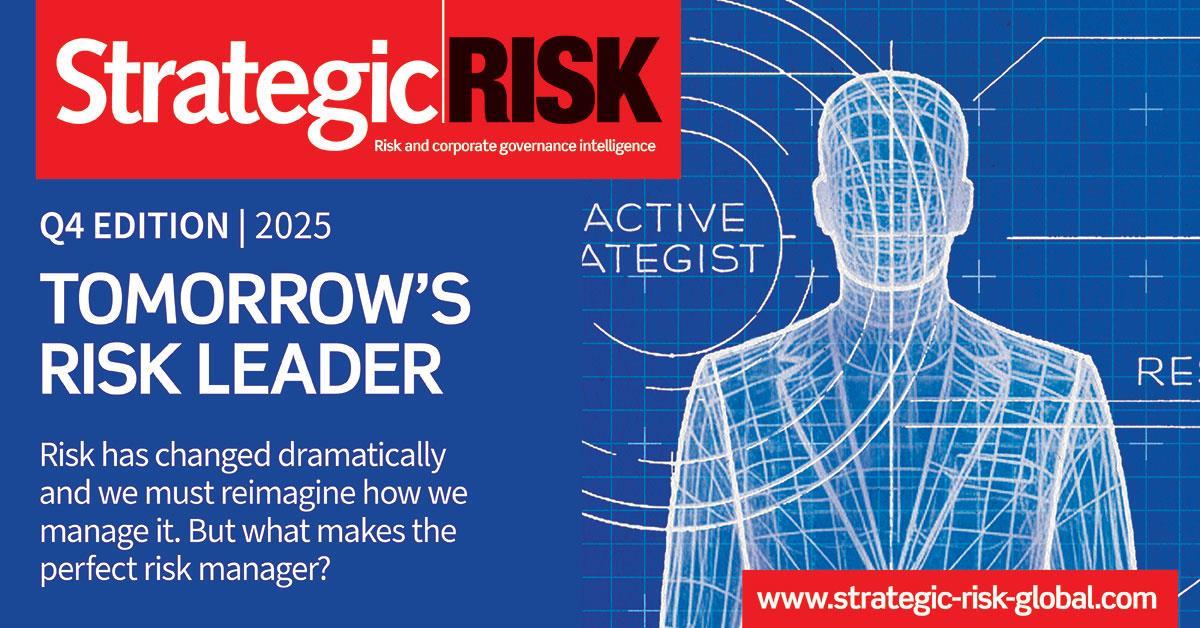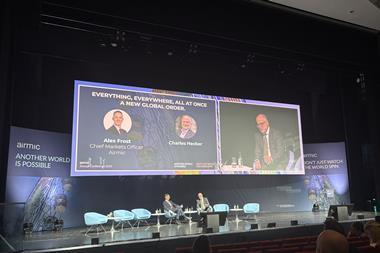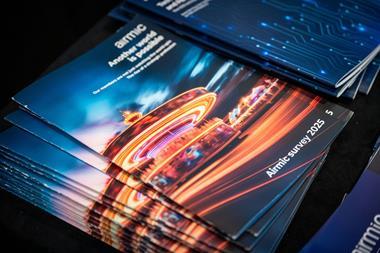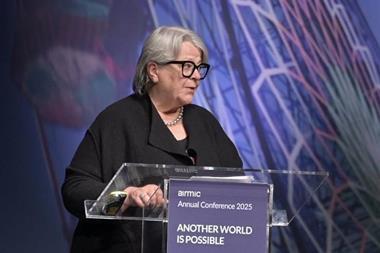At the Airmic conference, an expert panel dissected today’s geopolitical and economic turmoil, urging risk managers to adapt their strategies for an era of chronic disruption.
Risk managers are facing an era shaped by overlapping global crises.
Economic instability, political volatility, geopolitical conflict and shifting trade dynamics are no longer isolated challenges, they interact in complex ways, compounding uncertainty.

At today’s Airmic conference, a panel of experts explored how organisations must respond. Their message was clear: traditional assumptions no longer apply, and resilience depends on new thinking, agile planning and a clear-eyed view of geopolitical risk.
Economic pressures and stagflation
The global economy is walking a tightrope. Inflation remains stubbornly high even as growth slows, creating a climate that complicates financial planning, supply chains and pricing strategies.
“The global economy faces the biggest stagflationary stress test now… since Covid. But unlike Covid, there is no medicine. And I think the fact is the US faces a much bigger asymmetric Stagflationary shock, meaning higher inflation pressure and lower growth,” said Jerome Haegeli, chief economist at Swiss Re Institute.
This pressure is most pronounced in the US, but the implications are global. Unlike the pandemic, there is no coordinated response or quick-fix solution. As a result, forecasting becomes more difficult—and more essential. Risk managers must adjust to prolonged economic turbulence by reinforcing scenario planning, stress testing, and cost-containment strategies.
Political leadership in turmoil
Alongside economic stress, the political environment has grown increasingly volatile. Governments worldwide are struggling to navigate overlapping crises, from domestic unrest to foreign policy shocks, with leadership quality varying wildly.
“Do we have the political leadership to cope with all this chaos? I think there’s a very short one word answer with two letters that starts with n and I think in parts of the world, the political leadership is creating problems. And in other parts of the world it’s failing to deal with the problems that have been created,” said Tim Shipman, political columnist.
For risk managers, this means building in flexibility. Political shocks, such as regulatory U-turns, election upsets or global realignments, can transform business environments overnight. Companies must monitor developments closely, diversify exposure, and prepare for sudden changes in policy or trade posture.
Geopolitical conflict and its implications
The war in Ukraine, now in its third year, continues to cast a long shadow over international stability. Many early assumptions about the speed or outcome of the conflict have proven dangerously optimistic.
“It was the height of naive imbecility to suggest that this war could have been done and dusted in 24 hours. There is a lot of talk about the summer offensive. I think it’ll go the way of most Russian offensives. In other words, it won’t get very far,” said Sir Richard Shirreff, former NATO Deputy Strategic Commander.
The implications extend far beyond the battlefield. Energy markets remain unstable, cyber aggression is rising, and global supply chains remain vulnerable to escalation or disruption. Risk managers must treat geopolitical risk not as an edge case but as a central operational variable, modelling worst-case scenarios and revisiting crisis management protocols regularly.
Trade tensions and economic ripple effects
The global trading system is under increasing strain. The return of tariffs, coupled with protectionist policies and decoupling efforts, adds another layer of uncertainty for global businesses.
“The trade war is a lose-lose for the global economy, and Europe has a lot to lose. But we don’t have a recession in our baseline,” observed Barbara Teixeira Auroro from Moody’s Analytics.
Europe’s economic fundamentals remain intact, but supply chains are feeling the pressure. Strategic industries—particularly technology, automotive and energy—must brace for further fragmentation. Risk managers will need to monitor regulatory developments across borders and build supplier diversity and logistical flexibility into their strategies.
Takeaways for risk managers
In this environment, the role of the risk manager is evolving rapidly. Beyond compliance and reporting, today’s professionals are expected to help organisations anticipate the next disruption—and respond to it with speed and resilience.
As Stephanie Ogden, vice president at Moody’s Analytics, put it, “Our job in this room is to manage and keep things flat when the world is like this. And so I think right now it’s never been more difficult to do.”
To meet that challenge, risk managers should focus on four key priorities:
- Embed scenario modelling and stress testing into business planning, particularly for economic, political and supply chain risks
- Strengthen cross-functional collaboration, ensuring risk insights inform board-level decisions
- Monitor emerging threats such as cyber, AI, and regulatory instability
- Invest in agility and culture, equipping teams to respond quickly and flexibly in a crisis
As 2025 unfolds, political, economic and geopolitical shocks show no signs of easing. For risk managers, the challenge is not just to react—but to lead. In a landscape defined by complexity, the strongest organisations will be those that expect the unexpected, model the unthinkable, and treat resilience as a strategic asset.
BLOG: Airmic Conference 2025 Daily News Summary

Stay tuned - live reporting from the Airmic Conference this week - all in one place
- 1
- 2
- 3
- 4
- 5
- 6
 Currently
reading
Currently
reading
Airmic 2025: A geopolitics survival guide for risk managers
- 8
- 9
- 10
- 11
- 12
- 13
- 14
- 15
- 16













































No comments yet